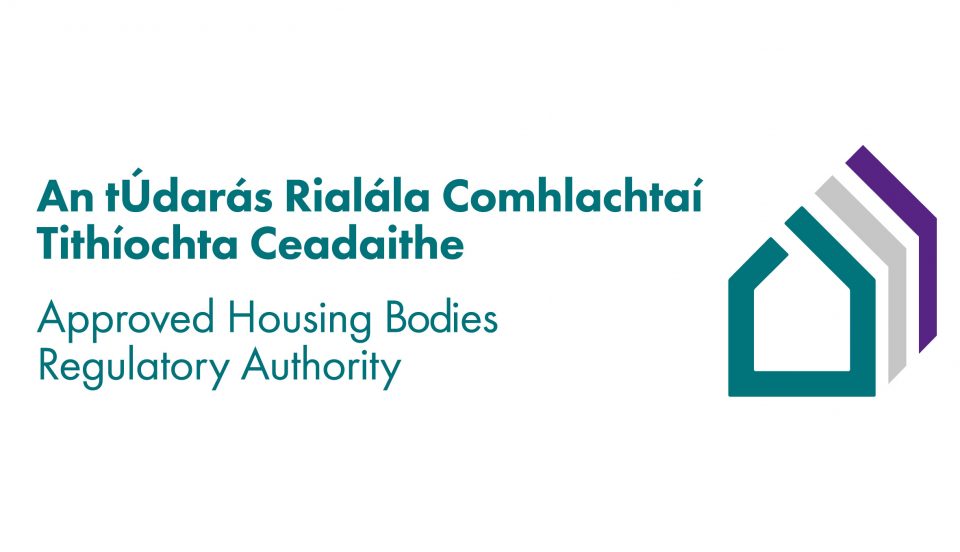
Approved Housing Bodies are key to growth of social housing sector in Ireland
1st June 2021
Homes for today and tomorrow
1st June 2021Housing affordability in Ireland

Credit: Lucas Miguel
Published in December 2020, Housing Affordability in Ireland is a European Commission economic brief. Authored by Maria Jose Doval Tedin and Violaine Faubert, the economic brief analyses the main factors behind increasing house prices in Ireland, alongside policy options to improve affordability.
Housing prices in Ireland reached a nadir in 2013 following a collapse in housing demand amid the 2008 financial crisis. The previous year, in 2007, prices had peaked due to a construction boom and an accompanying surge in bank credit.
As house prices increased from 2013 onwards, a shortage of housing supply has forced rents beyond pre-financial crash peaks, exacerbating affordability challenges for both tenants and homebuyers. However, unlike in the early 2000s, house price inflation is not a product of a construction boom and low interest rates.
In contrast to the pre-2008 era:
• buy-to-let property investment has a minor role in mortgage credit growth, contributing to the tight supply in the rental market;
• lending practices have become more prudent; and
• while becoming more binding, credit conditions are not leading to a deterioration in lending standards.
Price increases
As per the Residential Property Price Index, between 2013 and 2019, the average annual increase in house prices was 9.7 per cent. Since April 2018, these increases have slowed as house price inflation at the top end of the market has declined. As such, property prices remain 20 per cent below their 2007 peak.
Simultaneously, however, as at January 2020, rental prices were 32 per cent above their pre-crisis level. Following a 19 per cent decreases between 2008 and 2010, rents stabilised in 2011, limiting the extent of their adjustment. From 2013 to 2019, the Harmonised Index of Consumer Prices recorded a 6.3 per cent average annual increase in rents.
Both property and rental prices have outpaced household disposable income since 2013. However, while the affordability index for home buyers (housing price to income ratio) remains 27 per cent below its pre-crisis peak, the affordability index for tenants (rental price to income ratio) was 22 per cent above the pre-crisis level in mid-2019. Therefore, while affordability has worsened for both home buyers and tenants, it is a particular challenge for the latter.
In 2016, more than three-quarters of households in the bottom income quartile experienced housing costs exceeding one-third of their net income (55 per cent for monthly mortgage instalments and 40 per cent for rental payments). The affordability challenge is particularly acute for low-income households.
In the same year, average monthly mortgage instalments for households in the second, third and fourth income quartiles represented 25 per cent, 20 per cent and 15 per cent of net income, respectively. Among tenants in the same quartiles, rental payments represented 30 per cent, 22 per cent and 17 per cent of net income. As such, the relative cost of housing is higher for tenants than home owners.
Housing delivery costs
While national construction costs were comparable to other European averages, an International Construction Market survey undertaken by Turner and Townsend in 2019 identified Dublin as the third most expensive place in Europe to build residential units, behind London and Zurich.
Tedin and Faubert identify several factors contributing to the high delivery cost of housing in Ireland. These include:
• the withdrawal of the UK from the EU;
• the Nearly Zero Energy Building Regulation;
• limited skills and labour capacity in the construction sector
• relatively low productivity and greater labour intensity in the construction sector;
• additional costs associated with the delivery of housing, including taxes, levies, fees, finance and marketing, land price inflation and construction margins; and
• a lack of competition among land-buyers.
Supply
Meanwhile, existing housing stock cannot meet housing demand. CSO figures for Q1 2011 and Q1 2019 indicate that, overall, housing stock per capita decreased by 4 per cent. While housing stock increased by 3 per cent, it was outpaced by population growth at 7 per cent.
Mirroring this limited supply, Daft.ie data shows that the stock of second-hand properties available for sale and rent has decreased since 2012. The stock of second-hand properties for sale has declined since its peak between 2009 and 2011, reaching a trough in 2017, reflecting some recovery since then. In parallel, the stock of properties available to rent has also decreased sharply.
Within the existing stock, there is inadequate supply of appropriate to match the demand triggered by an influx of young renters into urban areas and increased wages. Of the total housing stock, detached houses comprise 42 per cent, while apartments accounted for only 12 per cent. At just one-third of Belfast’s population density, Eurostat figures indicated that Dublin’s population density is significantly lower than in other European capitals.
As illustrated by GeoDirectory data, in Q2 2019, vacancy rates in Ireland ranged from 1.2 per cent in Dublin to 15.2 per cent in Leitrim, with an average rate of 4.8 per cent. While reutilisation of long-term vacant properties in counties Cork and Galway may help alleviate supply constraints, the same would not translate in areas with acute housing demand.
Demand
Tedin and Faubert suggest that several macroeconomic factors have combined to accelerate housing demand.
Firstly, a strong labour market has facilitated increases in population, including net inward migration. Between 2016 and 2018, average annual population growth doubled to 1.2 per cent when compared with 0.6 per cent between 2009 and 2015.
Secondly, average household size has declined amid an ageing population and increasing net inward migration. In 2016, the average household size in Ireland was 2.7, dropping to 2.6 in 2018.
Thirdly, the strong labour market performance and dynamic earnings have sustained household disposable income. Contributing to the economic recovery, substantial employment by multinationals has stimulated an upward trajectory in rents and house prices. In total, multinational enterprises (MNEs) comprise 16.8 per cent of employment in Ireland, with close to 40 per cent of these jobs located in Dublin. Research produced by Kerri Agnew and Ronan Lyons on The impact of employment on housing prices estimates that for every 1,000 additional MNE-linked jobs created, monthly rents increased by between 0.5 and 1 per cent, while residential properties in close proximity increase by 2 per cent. This upward pressure on rent and prices is most evident among high-skilled workers.
Improving affordability
The economic brief outlines several policy options, incorporating both supply and demand, that may increase housing affordability in Ireland. These include:
• a more centralised application of vacant site tax by local authorities;
• reform of property tax through revision of house price valuations, with special arrangement for low-income owners;
• a utilisation of publicly owned land capacity to provide for social and affordable housing;
• an adequate and timely supply of serviced land;
• attraction of foreign skilled construction labour to increase productivity and reduce constructions costs;
• reform of rent legislation to reduce the complexity and restrictiveness and increase the number of buy-to-let properties coming onto the market;
• temporary use of housing subsidies; and
• medium-term use of macroprudential rules to arrest house price inflation and realign house prices and income.
Conclusion
Concluding, Tedin and Faubert re-emphasise that housing affordability has worsened for both tenants and home buyers as a result of increasing property prices, largely determined by inadequate housing supply. Recognising the emergency housing legislation enacted to mitigate the impact of Covid-19, they suggest that there could be a temporary decline in rental prices and improved affordability for lower-income households.
However, given the prevailing supply constraints, it seems more likely that the Covid crisis and the associated reduction in house completions will exacerbate the affordability challenge, the implications of which include reduced economic competitiveness and the reduced ability to attract skilled workers.







